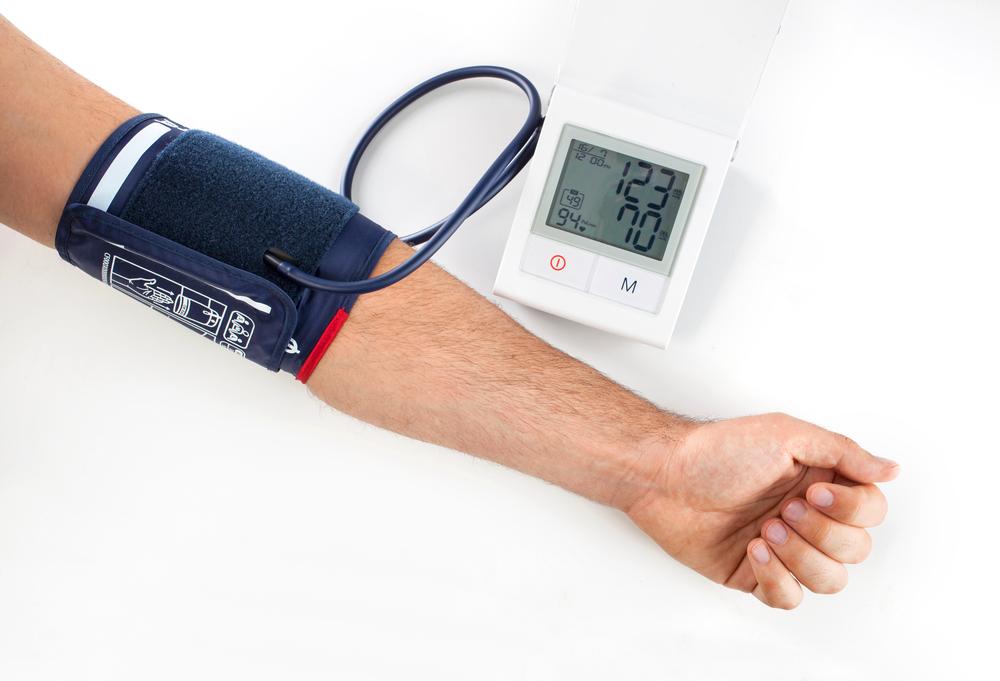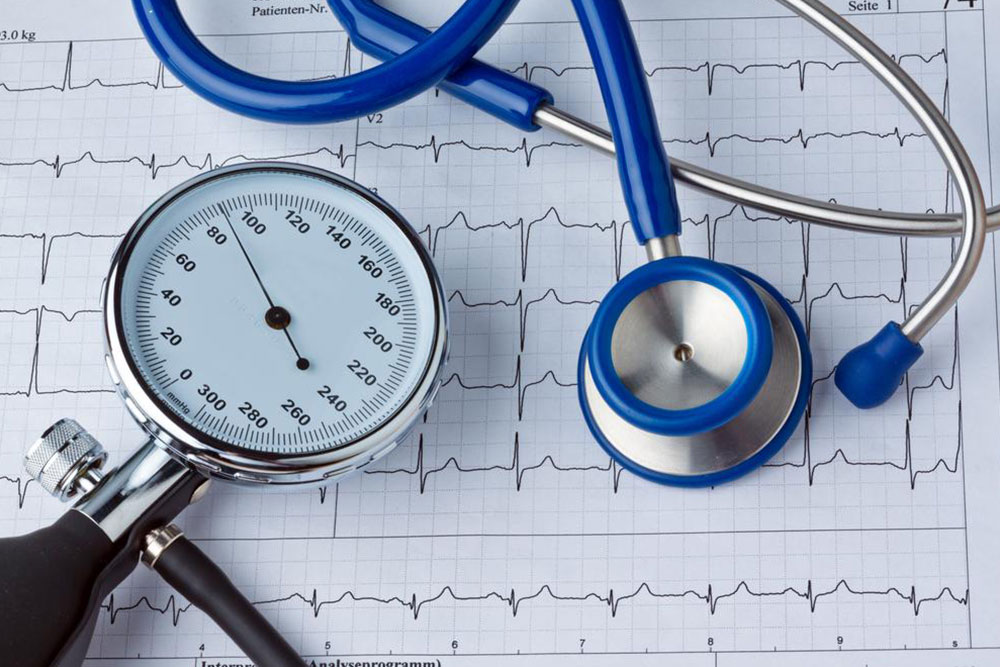Guide to Interpreting Blood Pressure Readings
This comprehensive guide explains how to interpret blood pressure readings effectively. It covers normal ranges, hypertension stages, and risk factors, empowering individuals to understand their cardiovascular health better. Clear explanations of systolic and diastolic numbers and their implications are provided, along with guidance on when to seek urgent medical attention. The article emphasizes the importance of regular monitoring and understanding blood pressure categories, supporting proactive health management and cardiovascular risk reduction.

Guide to Interpreting Blood Pressure Readings
Monitoring blood pressure is essential for assessing cardiovascular health and detecting potential issues such as hypertension or hypotension. Understanding how to read blood pressure charts accurately can help individuals recognize when to seek medical advice.
What is blood pressure?
Blood pressure measures the force exerted by circulating blood on artery walls.
Normal systolic pressure is below 120 mm Hg, and diastolic is below 80 mm Hg.
Prehypertension: systolic 120-139 mm Hg and diastolic 80-89 mm Hg.
Stage 1 hypertension: systolic 140-159 mm Hg and diastolic 90-99 mm Hg.
Stage 2 hypertension: systolic 160 mm Hg or higher, diastolic 100 mm Hg or higher.
Hypertensive Crisis: systolic exceeds 180 mm Hg and diastolic exceeds 110 mm Hg, requiring urgent medical attention.
Healthcare professionals should evaluate abnormal readings and confirm diagnoses. Low blood pressure may also need assessment, especially in vulnerable populations like the elderly, individuals with chronic conditions, or certain ethnic groups.
Blood pressure categories according to the American Heart Association:
Normal: Blood pressure less than 120/80 mm Hg indicates healthy levels.
Prehypertension: Consistent readings between 120-139/80-89 mm Hg signal increased risk.
Hypertension Stage 1: Readings of 140-159/90-99 mm Hg suggest the need for lifestyle modifications and possibly medication.
Hypertension Stage 2: Readings above 160/100 mm Hg generally require comprehensive treatment strategies.
Hypertensive Crisis: Readings higher than 180/110 mm Hg necessitate emergency medical care.
Understanding blood pressure numbers:
Systolic: The upper number indicates the pressure during heartbeats, reflecting force on artery walls.
Diastolic: The lower number measures pressure between beats when the heart rests.
More focus is often placed on systolic pressure, especially after age 50, as it's linked to cardiovascular risk. Elevated readings in either number can indicate high blood pressure, with risks rising significantly with increases of 20 mm Hg systolic or 10 mm Hg diastolic.
Why is blood pressure measured in mm Hg? The term "mm Hg" stands for millimeters of mercury, a legacy from early pressure measurement tools utilizing mercury columns.
Blood Pressure vs. Heart Rate: Blood pressure measures the force exerted by blood on arteries, while heart rate (pulse) is the number of heartbeats per minute. Both are distinct indicators of cardiovascular health and don’t necessarily rise together. Analyzing both helps assess overall heart function.










